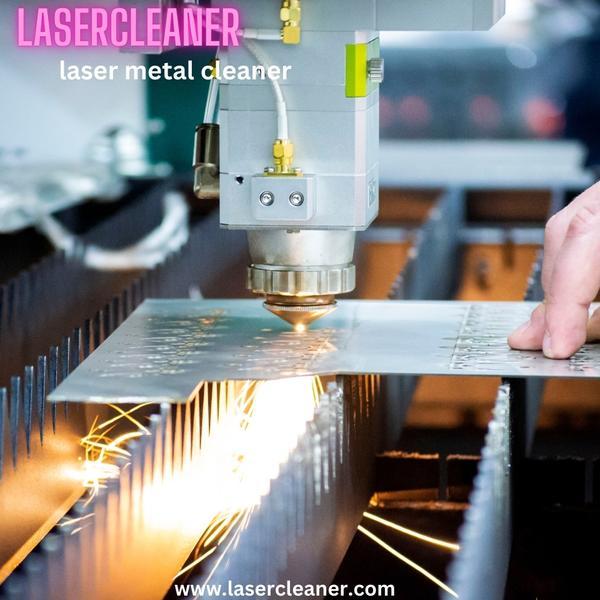Laser metal cleaning has emerged as a revolutionary technique for restoring and rejuvenating metal surfaces without the use of harsh chemicals or abrasives. This guide aims to provide a detailed overview of the process, its benefits, and the steps involved in using a laser metal cleaner effectively.
Understanding Laser Metal Cleaning: Laser metal cleaning is a non-contact, environmentally friendly method used to remove contaminants, rust, oxides, paint, grease, and other unwanted substances from metal surfaces. The process involves using high-intensity laser beams that vaporize or ablate the surface impurities, leaving the underlying metal intact.
Benefits of Laser Metal Cleaning:
- Non-Destructive: Laser cleaning selectively removes contaminants without damaging the base metal, preserving its structural integrity.
- Eco-Friendly: Unlike traditional methods that involve chemicals or abrasive materials, laser cleaning produces minimal waste and eliminates the need for hazardous substances.
- Precision: The technique allows for precise control, targeting specific areas or intricate designs without affecting surrounding surfaces.
- Versatility: It can be applied to various metals like steel, aluminum, copper, and alloys, making it a versatile solution for diverse applications.
Steps for Using a Laser Metal Cleaner:
-
Safety Precautions:
- Wear appropriate personal protective equipment (PPE), including safety glasses and gloves, to shield against laser light and debris.
- Ensure proper ventilation in the workspace to dissipate fumes or particles produced during the cleaning process.
-
Set-Up:
- Place the metal piece to be cleaned on a stable surface within the laser cleaning equipment's range.
- Adjust the laser cleaner settings according to the material and the level of contamination.
-
Testing:
- Perform a test run on a small, inconspicuous area to determine the optimal laser power and cleaning speed without causing damage.
-
Cleaning Process:
- Direct the laser beam onto the targeted area, moving it methodically across the surface to remove contaminants gradually.
- Monitor the cleaning progress and adjust settings if necessary for consistent and thorough results.
-
Post-Cleaning Inspection:
- After completing the cleaning process, inspect the metal surface to ensure all contaminants have been removed satisfactorily.
- If needed, perform additional cleaning cycles on stubborn areas for a pristine finish.
-
Maintenance:
- Store the cleaned metal in a dry environment to prevent the accumulation of new contaminants.
Conclusion: Laser metal cleaning is a cutting-edge method that offers efficiency, precision, and environmental benefits in restoring metal surfaces. By following proper safety protocols and employing the outlined steps, one can effectively utilize a laser metal cleaner to rejuvenate various metal items and components.


